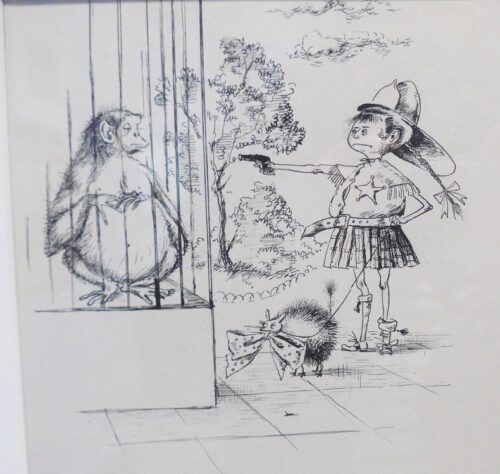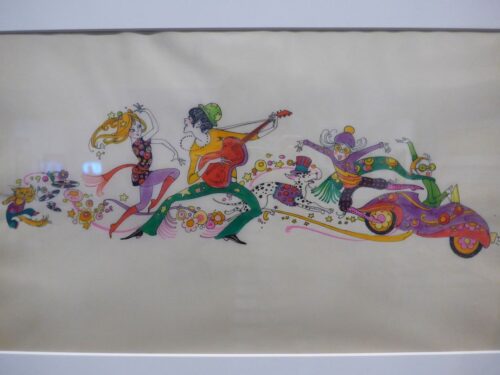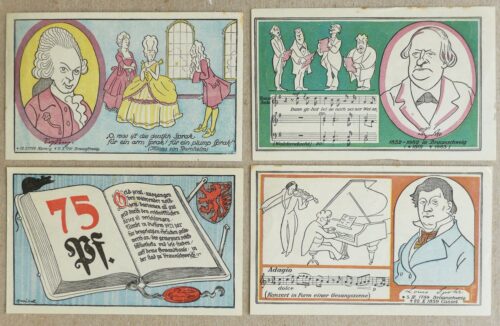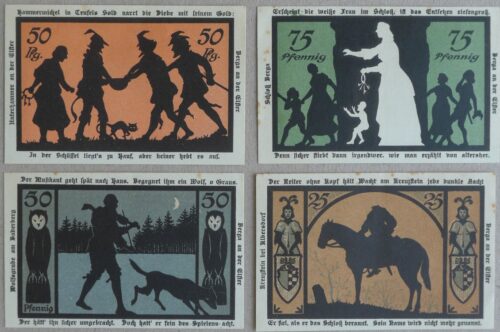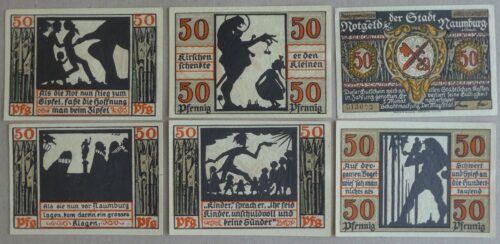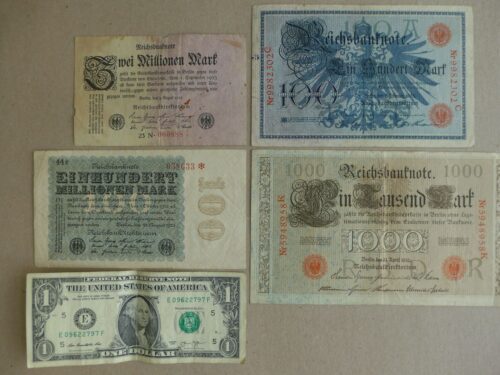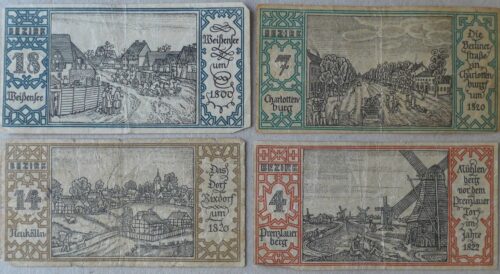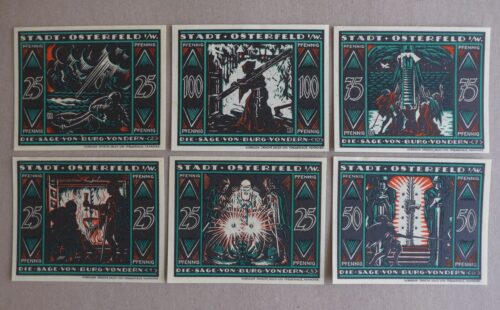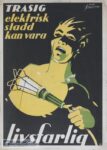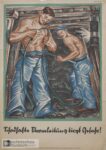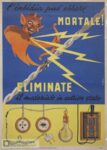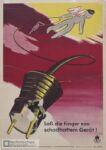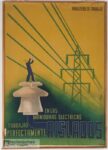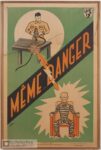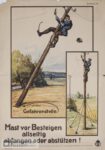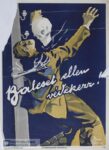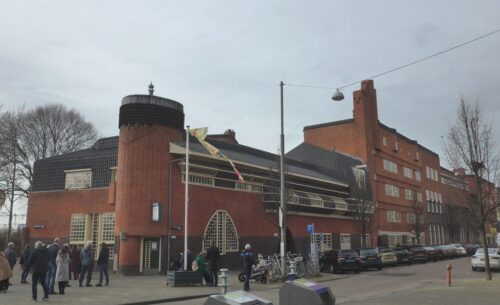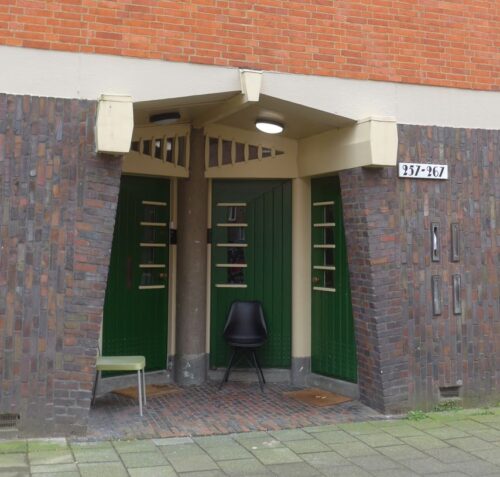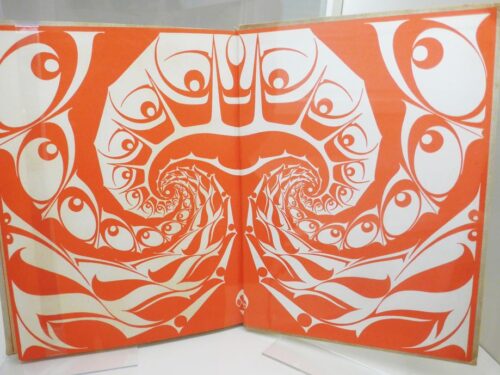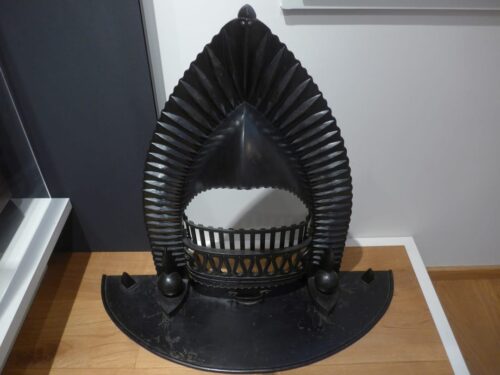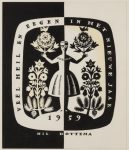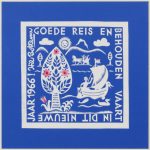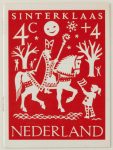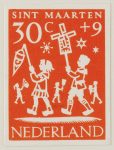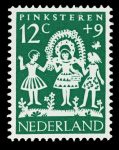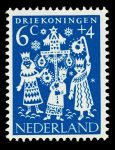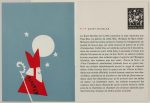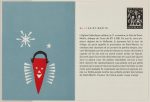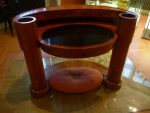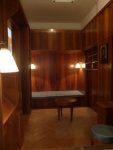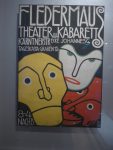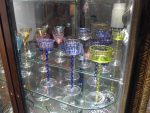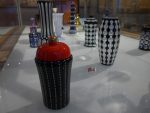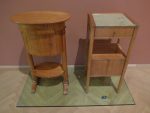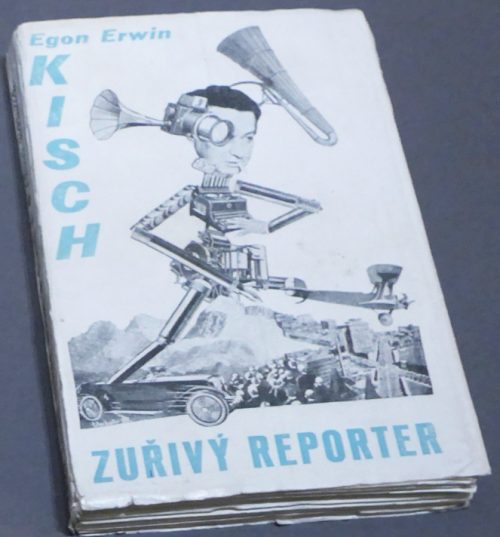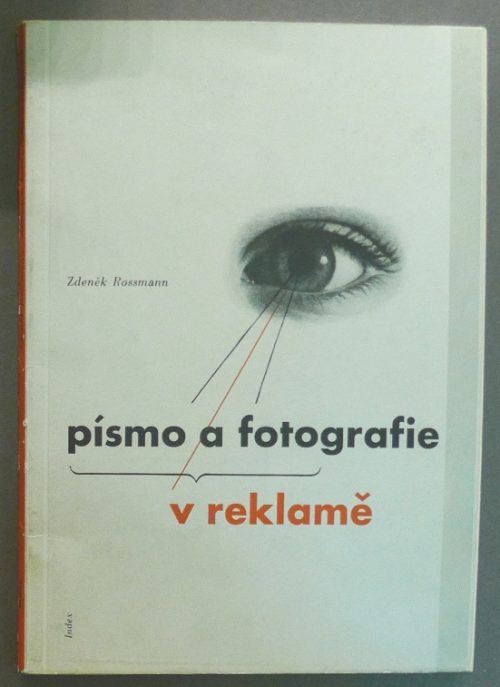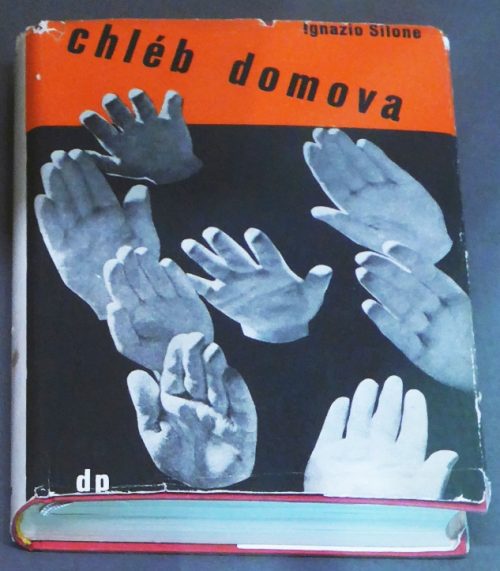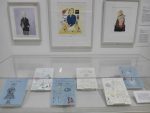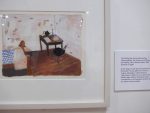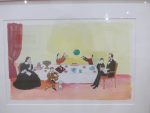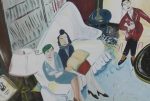“I’m so used to people not knowing about anything but Eloise. That sort of disappoints me.” – Hilary Knight, illustrator of the Eloise books
Here’s my collection of seldom-seen illustrations by Hilary Knight, who drew the pictures for the Eloise books and turns out to have had a long career as illustrator for magazines, books and posters, along with pictures from the fascinating history and background of Eloise, also seldom seen. It all shares the droll, quirky wit of the Eloise books, making Knight one of our most inspired illustrators.
Some of what’s here I saw at an exhibition at the Normal Rockwell Museum in Massachusetts and was published once, such as in magazines, and then disappeared from view, or is unpublished drafts and other rarities that were on display. Others were found buried in old magazines that are online or have surfaced in auctions of Knight’s work in the last few years but don’t show up in the articles about him. Altogether though, very little of it has ever been gathered all in one place.
Also I’ve pulled together the first-ever collection of all the material from the first Eloise book that was changed starting in the 1980s, when it seems to have been decided that certain parts that were acceptable for children in the 1950s were now too racy, such as toilets, cannabis and poking fun at Peter Rabbit. As fas as I know the changes have only been mentioned once or twice in print and never all together in one place .
Continue reading “Whatever happened to the people who did that Eloise book?”
